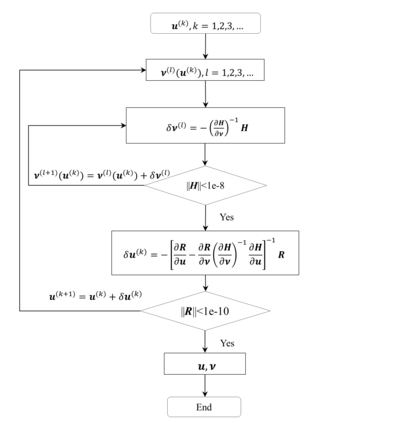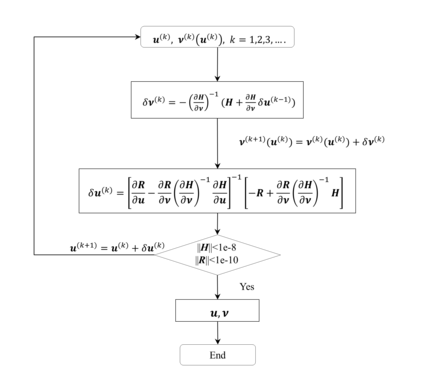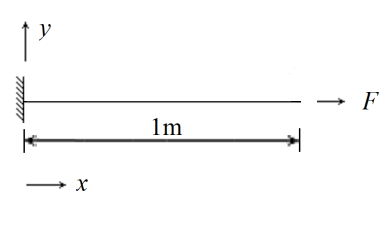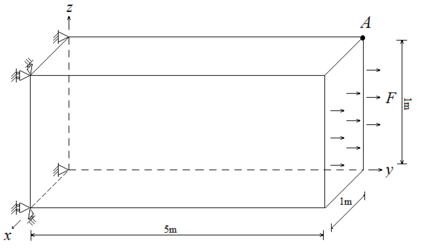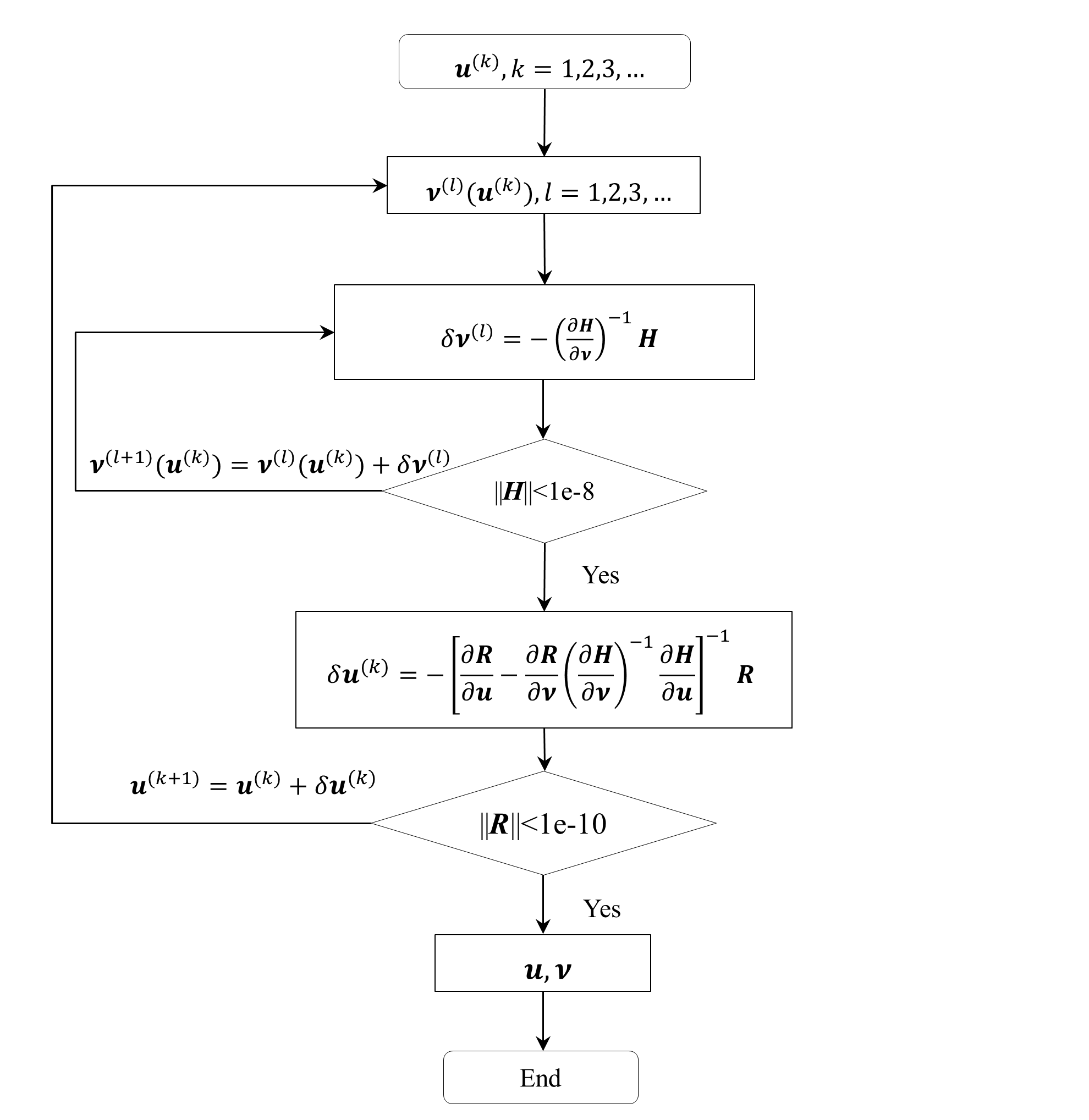We present a novel method for finite element analysis of inelastic structures containing Shape Memory Alloys (SMAs). Phenomenological constitutive models for SMAs lead to material nonlinearities, that require substantial computational effort to resolve. Finite element analysis methods, which rely on Gauss quadrature integration schemes, must solve two sets of coupled differential equations: one at the global level and the other at the local, i.e. Gauss point level. In contrast to the conventional return mapping algorithm, which solves these two sets of coupled differential equations separately using a nested Newton procedure, we propose a scheme to solve the local and global differential equations simultaneously. In the process we also derive closed-form expressions used to update the internal state variables, and unify the popular closest-point and cutting plane methods with our formulas. Numerical testing indicates that our method allows for larger thermomechanical loading steps and provides increased computational efficiency, over the standard return mapping algorithm.
翻译:我们提出了一个包含形状内存合金(SMAs)的不弹性结构的有限元素分析新颖方法。SMAs的基因构成模型导致物质上的非线性非线性,这需要大量的计算努力才能解决。依赖高斯二次方程式整合计划的Finite 元素分析方法必须解决两套组合式差异方程式:一是全球一级的,另一是地方一级的,即高斯点。与传统的返回映射算法不同,该算法用嵌巢式牛顿程序分别解决这两套组合式差异方程式,我们提出了一个同时解决本地和全球差异方程式的方案。在这个过程中,我们还得出了用于更新内部变量的封闭式表达方式,并将流行的最接近点和切割平面的方法与我们的公式统一起来。数字测试表明,我们的方法允许更大的热机械加载步骤,并且提高了计算效率,超过了标准的返回映射算法。

